
Triumph Street Triple RS: Road Test Review
- Nov 3, 2017
- Views : 9712

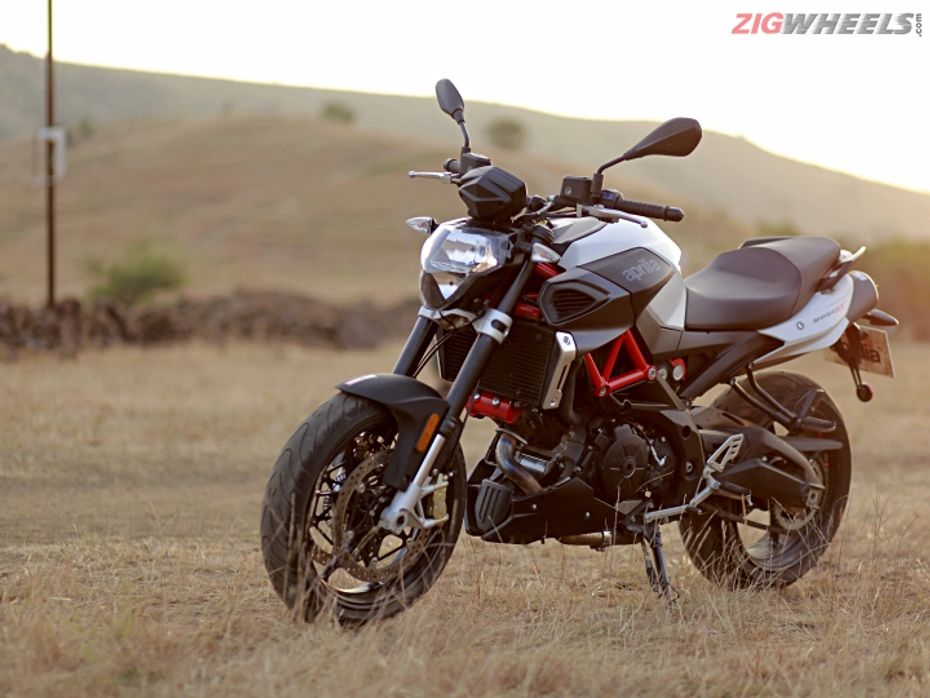
Aprilia’s latest motorcycle, the Shiver 900, falls into the deep end of a pool of highly competent, high-performance street nakeds such as the Kawasaki Z900, the Ducati Monster 797, MV Agusta Brutale 800 and the Triumph Street Triple S and RS. Now that’s a crazy amount of competition. So, it’s quite clear that this new Italian has its work cut out for it. Aprilia needs no real introduction when it comes to performance motorcycles, so we’re really hoping that their most affordable big bike offering in India proves to be just as radical as its elder siblings.

The bulky design gives the Shiver a hefty look, but thanks to some sharp edges and contours, there’s almost a sense of masculinity to the motorcycle. In general, the design aesthetics are reminiscent of an old-school bike. Head on, the Shiver looks broad and the air intakes placed on the tank extensions add to its wide stature. The naked triangular split headlamp offers a wide spread of light at night, but we really wish it was brighter.
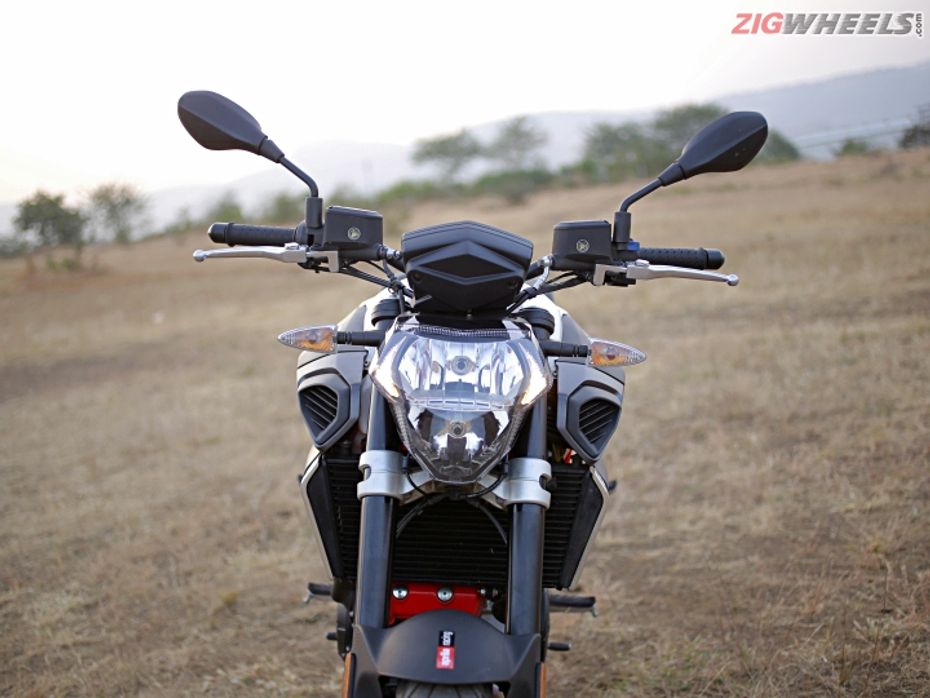
The relatively short and flat handlebar features decent quality switchgear with a toggle for cycling through the settings on the left. Here is the strange bit though, once you start the bike, the starter button itself acts as a riding mode selector. Owing to the short stalks, vision from the rear view mirrors isn’t that great since the rider’s elbows block a bit of rear visibility.

Moving on to the attractive bits, the instrumentation consists of a TFT colour display which is reminiscent of modern Ducatis. In fact, even the shift lights are laid out in a similar manner. Although the display could’ve been larger, it’s very easy to read thanks to its bright backlight and crisp resolution. There is oodles of information on offer, which includes the speedometer, tachometer, odometer, two trip meters, riding mode, time, engine temp gauge and selected traction mode. There is no fuel gauge though, with just a low fuel indicator on offer. Another interesting bit of info it records is your average speed and the top speed you’ve clocked, so you can brag a bit with your mates.
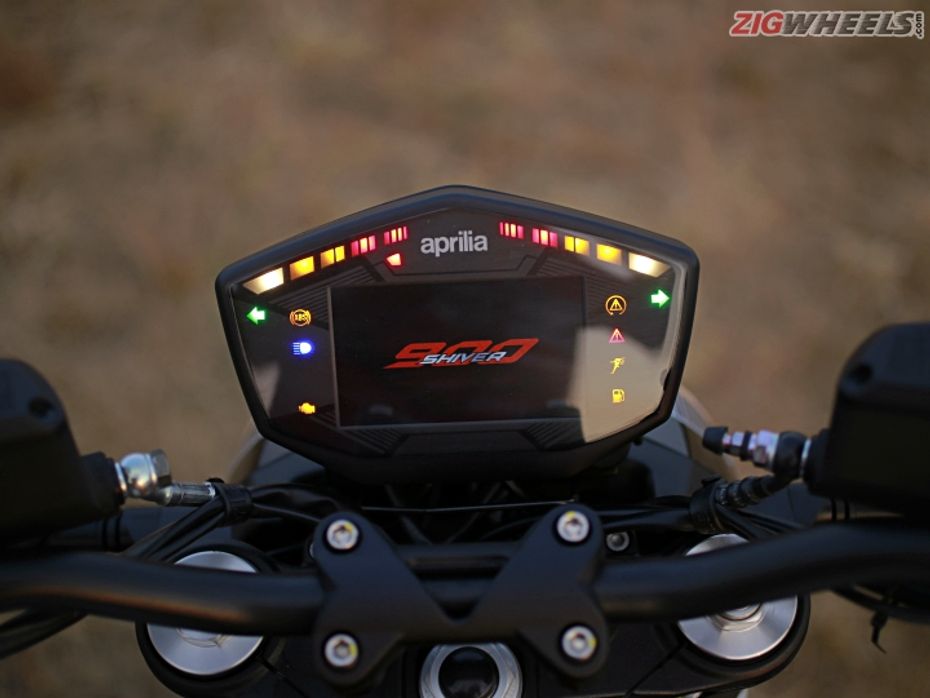
One point worth highlighting here is the AMP (Bluetooth) connectivity kit that allows you to connect the Shiver to your phone, enabling you to use voice commands for making calls and even play music through your smartphone into a helmet communicator. It even comes with a built-in intercom system with phone and music playback information being displayed on the digital console. However, to connect a phone, you need to avail an exclusive rider code from Aprilia.
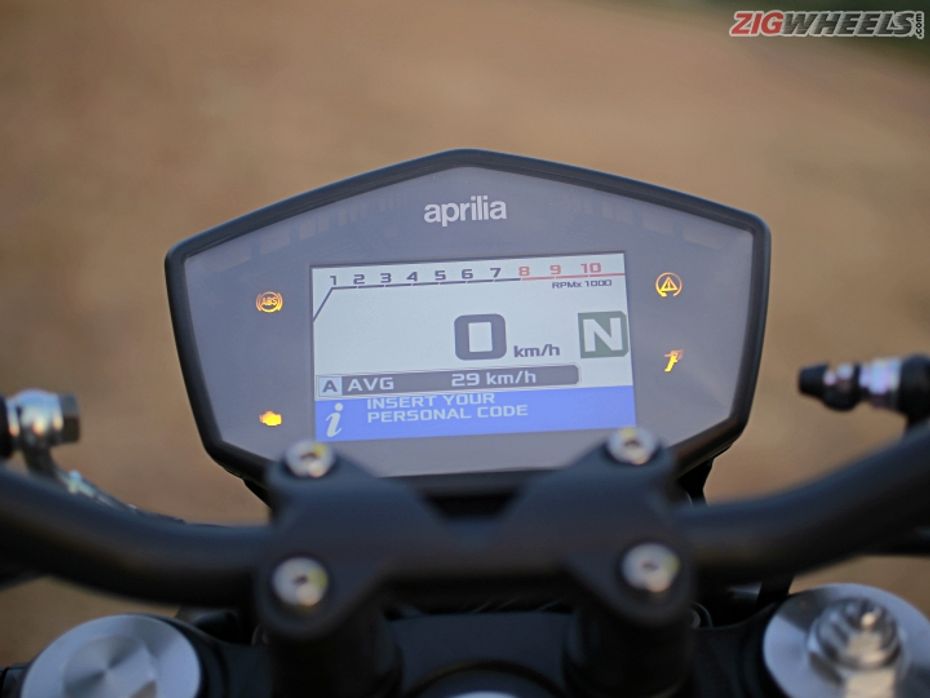
The hefty 15-litre fuel tank offers the bike generous proportions, but the Shiver isn’t what you’d call a very attractive motorcycle. However, there is a bit of ‘wow’ factor to the design thanks to the red painted cylinder heads, trellis frame and the offset monoshock.

In typical old-school manner, there are no split seats on offer either. Instead, the Shiver gets a single saddle with a stepped pillion perch. Completing the old-school look are the underseat dual exhaust cans that are eye-catching to say the least. With metal discs where the nozzles would usually be, they leave you wondering where the exhaust gases are channelled out from. However, look closely and you will notice that the gases exit from either side behind the discs.
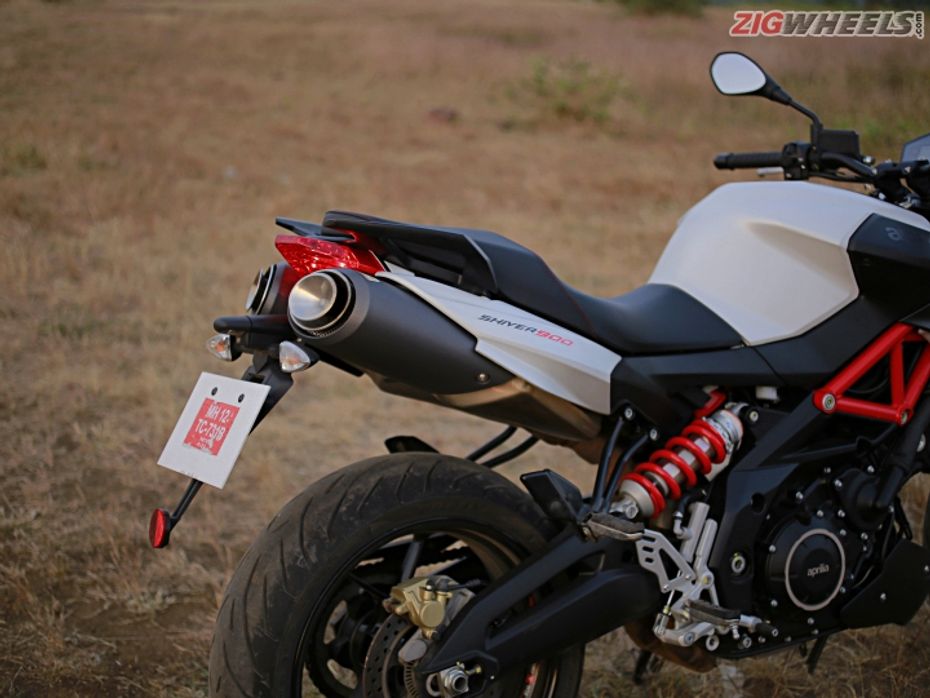
Aggressive or easily tamed?
The Shiver gets an 896cc, liquid-cooled, 90-degree V-twin motor, which pumps out 95PS of peak power. Now, this might seem less compared to other middleweights that produce a lot more. But with 90Nm of torque available from just 6500rpm, this is no sloth, and you do need an experienced hand to control that throttle. That said, the power delivery isn’t intimidating in any manner and spending some time with the bike will get you comfortable enough to ride it in Sport mode.
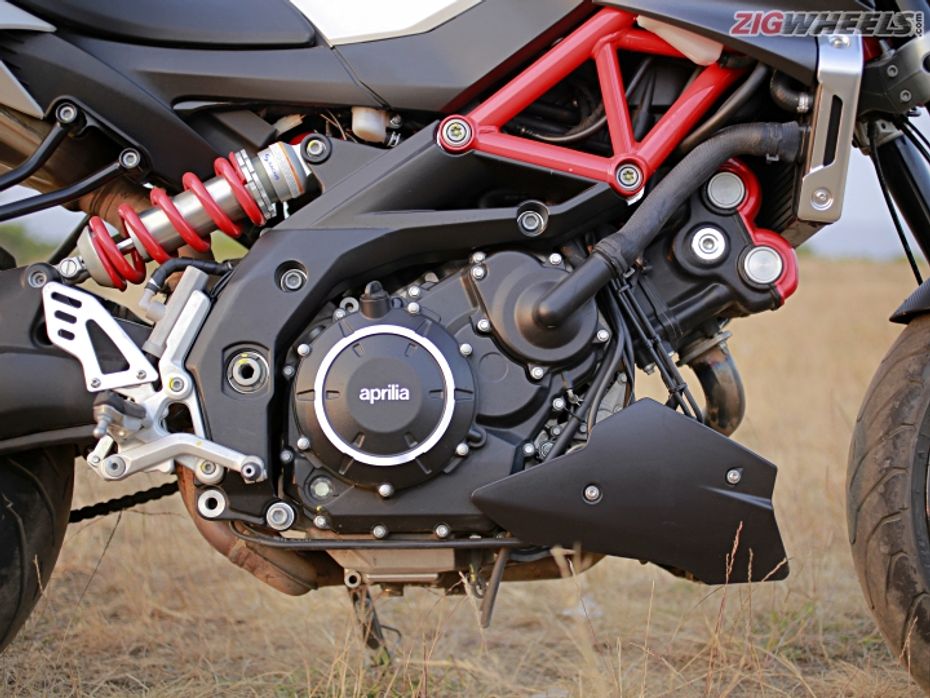
Speaking of Sport mode, the Shiver comes with riding modes that alter the throttle response to better suit riding conditions, and as such there are three on offer - Sport, Touring and Rain.
While riding in Sport mode isn’t very intimidating, we would still suggest sticking to Touring mode for most occasions, as the throttle response in Sport, while being fun and sharp, is tricky to modulate when riding in the city.
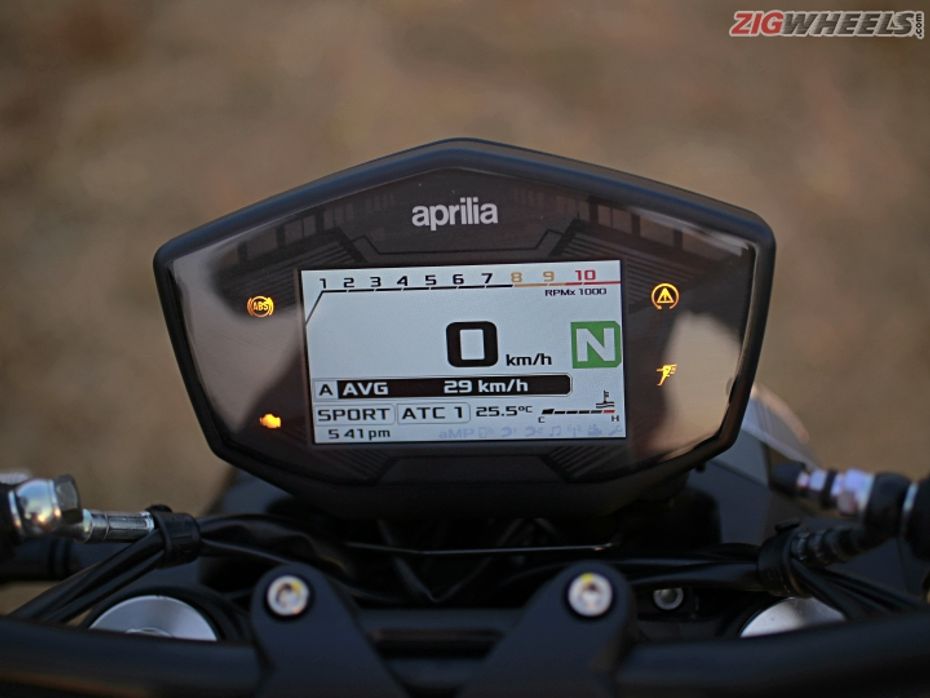
The 6-speed gearbox on offer shifts with a precise click, but getting it back into neutral is a tedious task. Add to that the hydraulic clutch, which feels heavy enough to tone your forearms if you intend to commute on it on a daily basis. Speaking of city commutes, you will find yourself dancing off the seat on long traffic signals as the radiator vents air that’s hot enough to cook your thighs. Hence, the overall experience in the city does feel a bit cumbersome as compared to riding on the highways, where it feels much more at home.
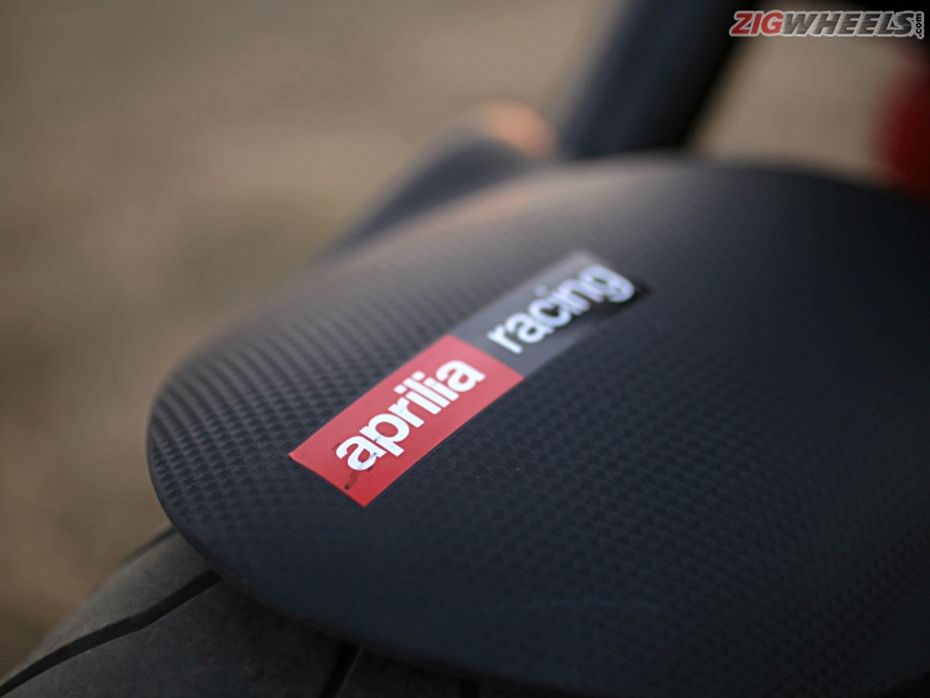
Shorter gearing and the fact that peak torque is made at 6500rpm makes it really aggressive in the bottom to mid-range. But even with such a strong pull from mid-range and a crisp throttle response in Sport mode, 0-100kmph was clocked in 4.36 seconds, which is slower than the Triumph Street Triple RS that manages the same in 3.59 seconds. The 0-160kmph stint is even slower at 10.78 seconds, which the Street Triple RS pulls off in 7.19 seconds.
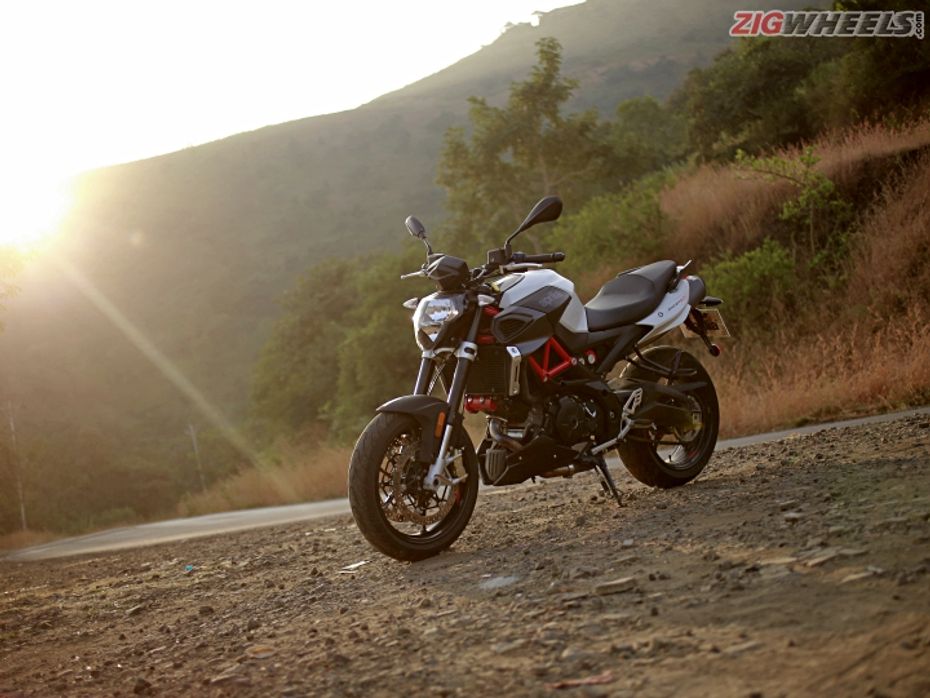
Now, V-twin’s are ideally known to judder a bit when ridden in relatively higher gears at low speeds, and the Shiver behaves in a similar manner. But it is a bit more tractable at slower speeds and the roll-on figures really attest to this. In 3rd gear, 30-70kmph was dispensed off in just 2.78 seconds and 40-70kmph in 4th gear was achieved in 3.34 seconds.

In Sport mode, you do get a sense of theatre every time you open the throttle as the roar of the exhaust note gets a lot throatier, and almost beast-like.
Ride Quality And Handling
The Shiver is built around a trellis frame which gets a bolt-on alloy sub-frame. It uses 41mm, fully-adjustable, upside down front forks and an offset Sachs monoshock at the rear that’s fully-adjustable as well. Right out of the box, the suspension feels a touch on the soft side for corner carving, while a touch stiff on our highways. Nevertheless, the Shiver does feel confident when throwing it into bends and will prove to be a lot more thrilling with the right kind of suspension setup and better tyres.

The Pirelli Angel ST’s on our test bike failed to inspire the confidence required when leaned over. Cornering on the roads to Lavasa, the Shiver came across as a motorcycle with a light steering, but it is the mass-forward design and a heavy kerb weight of 218kg that really holds it back from feeling agile. While this weight does give it a fair amount of mid-corner as well as high-speed highway stability, you will be left wanting for more when handling a set of chicanes or even manoeuvring through the city.
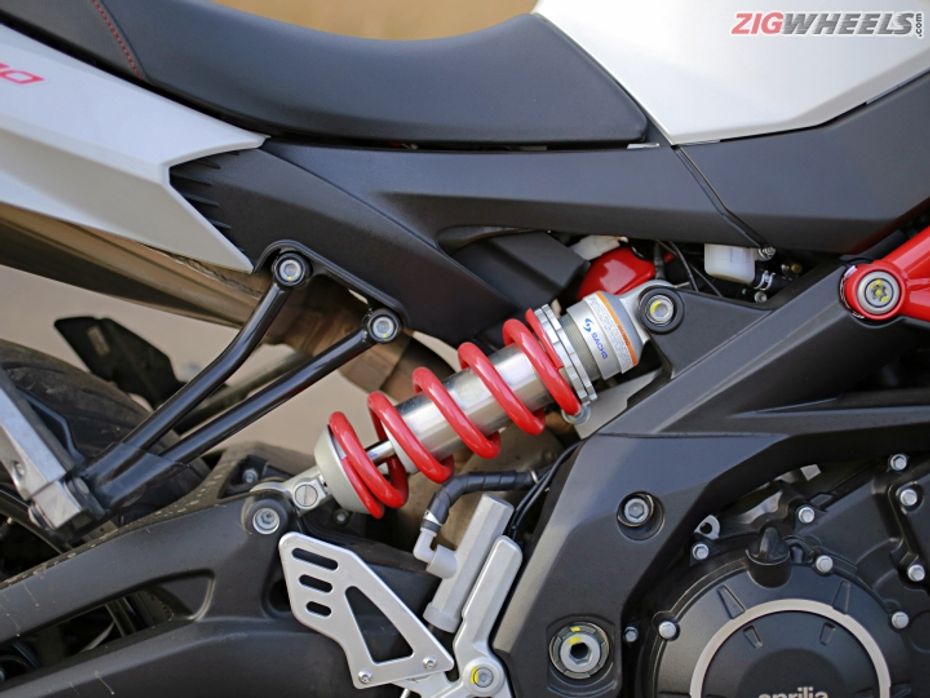
The Shiver 900’s steering barely has any lock-to-lock movement. So U-turns end up becoming more than three-point turns in places where you least expect them. The heavy kerb weight doesn’t help either.
So to sum it up, what really holds this potentially good handling motorcycle back is its portly kerb weight and below average tyres.

On the ergonomics front, the rider has to reach out a fair bit to grab the handlebars, while the footpegs are slightly rear-set, which makes for a sporty yet comfortable stance. There is ample room to move around as well as the knee recess are set high and the saddle is broad. The seat feels plush and offers just the right amount of padding for you to comfortably munch miles without the need to stop much. However, the pillion seat is a bit narrower and might not prove to be so comfortable.

A seat height of 810mm means that it’s approachable even for those who are five-and-a-half feet tall, or slightly shorter. However, shorter riders will find themselves tiptoeing because of the wide saddle.
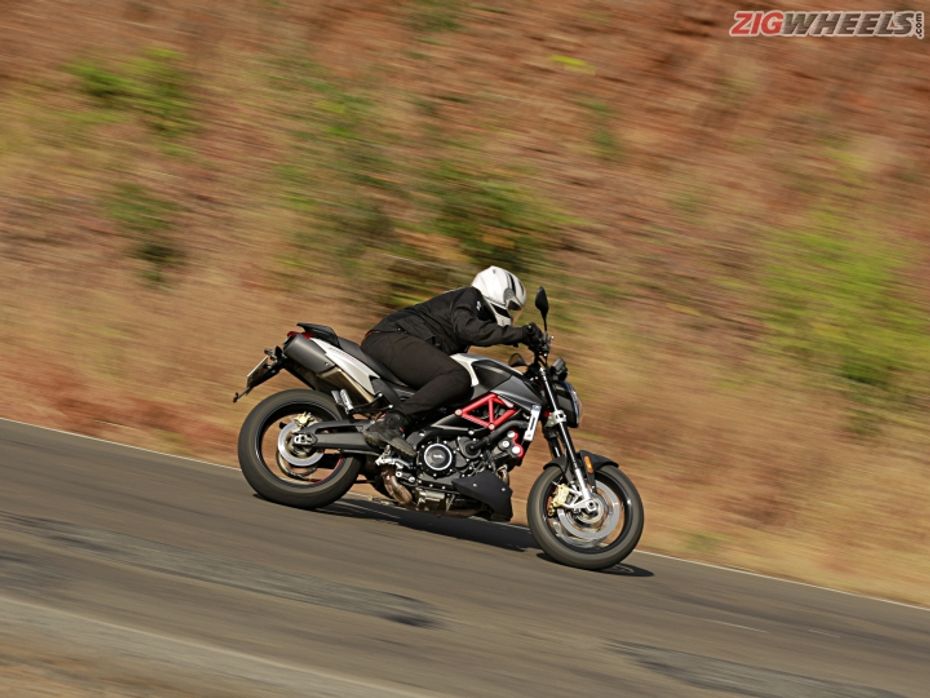
Braking is managed by a pair of 320mm front discs with 4-piston callipers and a 240mm rear disc with a single-piston calliper, which feels powerful but lack the initial bite. The ABS-assisted brakes proved to be potent enough to bring the Aprilia to stop a from 100kmph in 48.76 metres.

How thirsty is it?
After putting the Shiver through our standardised fuel run, it managed 18.1kmpl in the city. On the open highway though, it proved to be more efficient, returning 24.3kmpl.
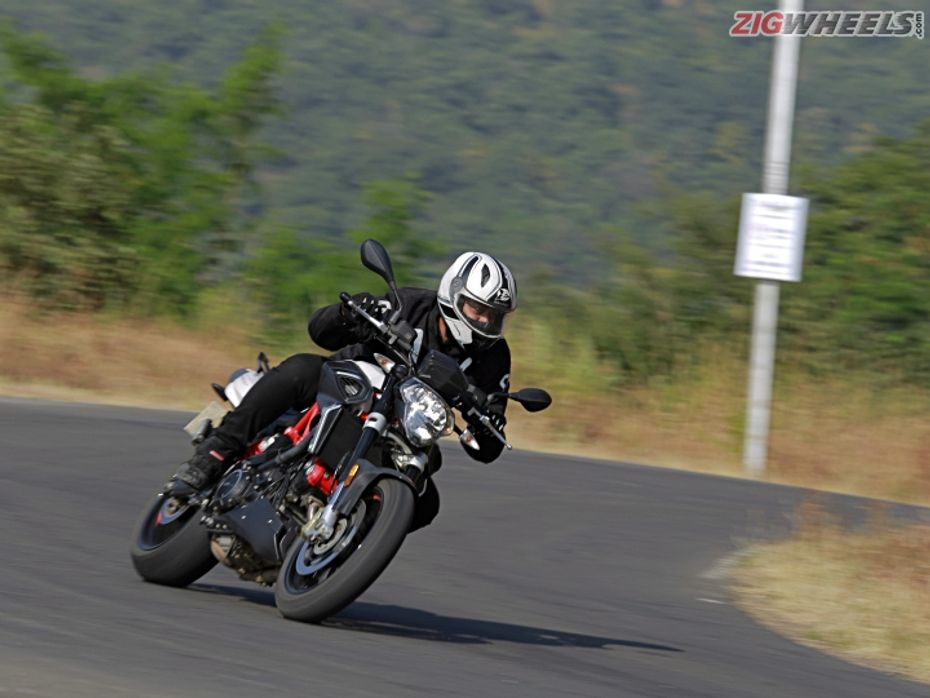
Is it worth the extra buck?
Well, the old-school design approach may catch the fancy of those looking to stand out in the crowd, but those looking for a more modern, compact design might not appreciate it too much.
On the performance front, the V-twin engine here is undoubtedly the highlight of the motorcycle. It isn’t very intimidating in terms of power delivery, feels refined and produces an amazing soundtrack, which makes the Shiver 900 a very engaging ride.
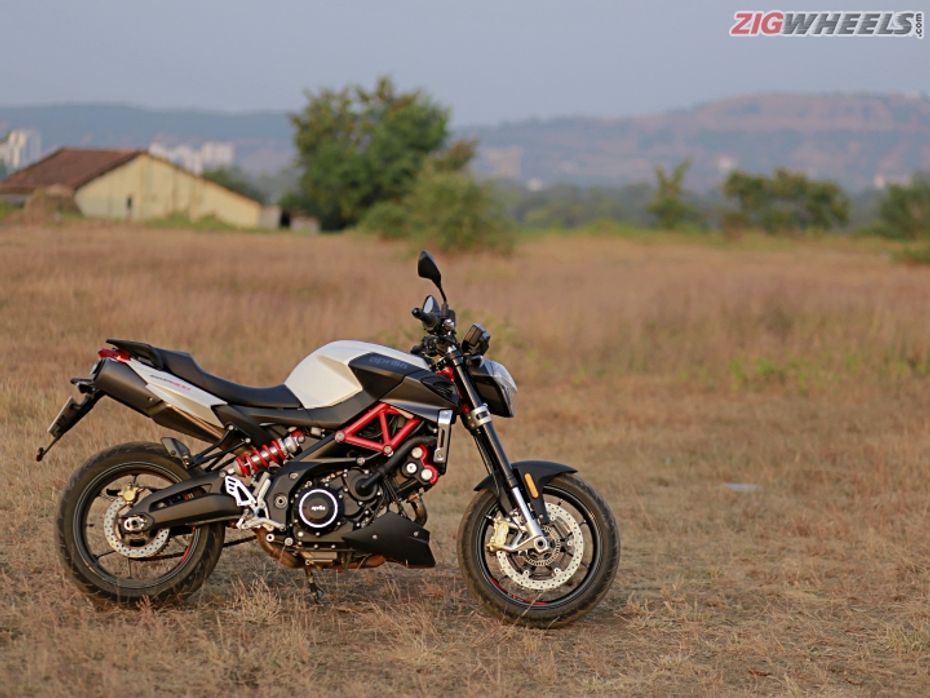
When it comes to handling though, the Shiver comes across as potentially nimble. However, both its weight and those Angel ST tyres are serious letdowns.
Thanks to it taking the CBU route to India, it does sport a fairly hefty price tag as well - Rs 12.34 lakh (ex-showroom Pune). This is significantly more expensive than its rivals, which are not only more powerful, lighter and thrilling to ride but also very popular among biking enthusiasts in India.
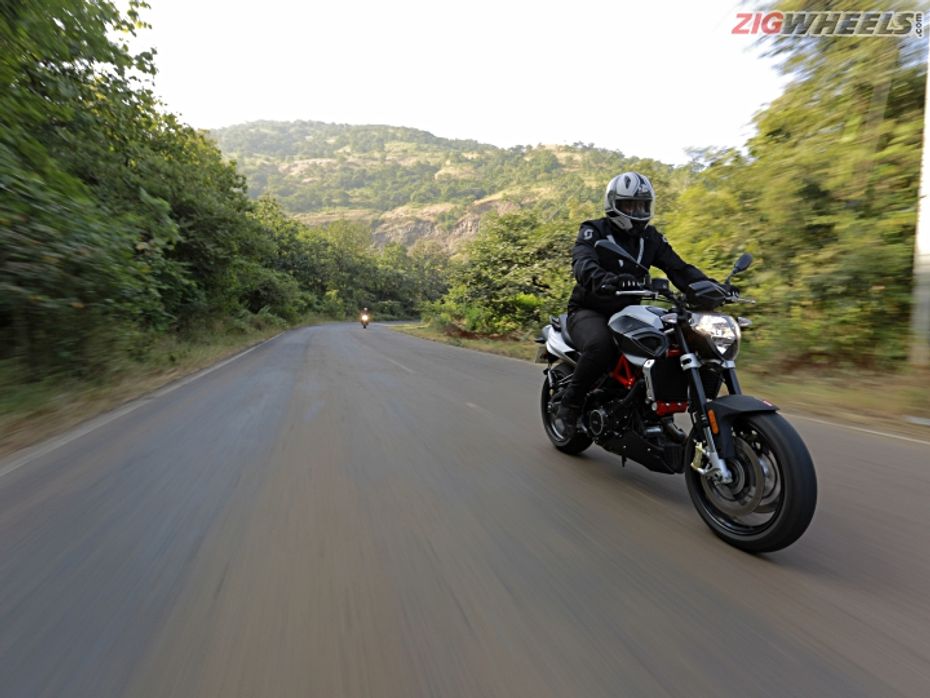
All this makes it a bit difficult to recommend the Shiver. Even though it does offer Italian engineering prowess, it doesn’t feel special or exciting enough, especially for the kind of money that needs to be shelled out to own one. Something like the Aprilia Dorsoduro, which packs the same motor, is marginally more expensive, but also more thrilling to ride thanks to its supermoto setup, which makes a lot more sense in Indian riding conditions. But if you absolutely want a naked street bike from Aprilia, then your only real choice is the Tuono. Yes, it’s significantly more expensive, but it does pack a lot more horsepower, technology and flair, and is amongst the best motorcycles in its class.

Triumph Street Triple RS: Road Test Review

2017 MV Agusta Brutale 800: Road Test Review

Ducati Monster 797 & Ducati Riding Experience

2017 Kawasaki Z900: First Look

Royal Enfield Classic 350: 14,000km Long-Term Review

Royal Enfield Hunter 350: First Ride: Catch ‘em Young

The Royal Enfield Hunter 350 Heads To Rider Mania

Royal Enfield Hunter 350 Retro vs Metro Comparison: Which One Is The...
 Mahindra Scorpio N
Mahindra Scorpio N
 Royal Enfield Classic 350
Royal Enfield Classic 350
 Royal Enfield Hunter 350
Royal Enfield Hunter 350
 Toyota Fortuner
Toyota Fortuner
 Hyundai Creta
Hyundai Creta
India's largest automotive community
 Maruti Brezza
Rs. 8.34 Lakh
Maruti Brezza
Rs. 8.34 Lakh
 Maruti FRONX
Rs. 7.51 Lakh
Maruti FRONX
Rs. 7.51 Lakh
 Maruti Grand Vitara
Rs. 10.99 Lakh
Maruti Grand Vitara
Rs. 10.99 Lakh
 Mahindra Scorpio
Rs. 13.61 Lakh
Mahindra Scorpio
Rs. 13.61 Lakh
 Toyota Innova Crysta
Rs. 19.99 Lakh
Toyota Innova Crysta
Rs. 19.99 Lakh